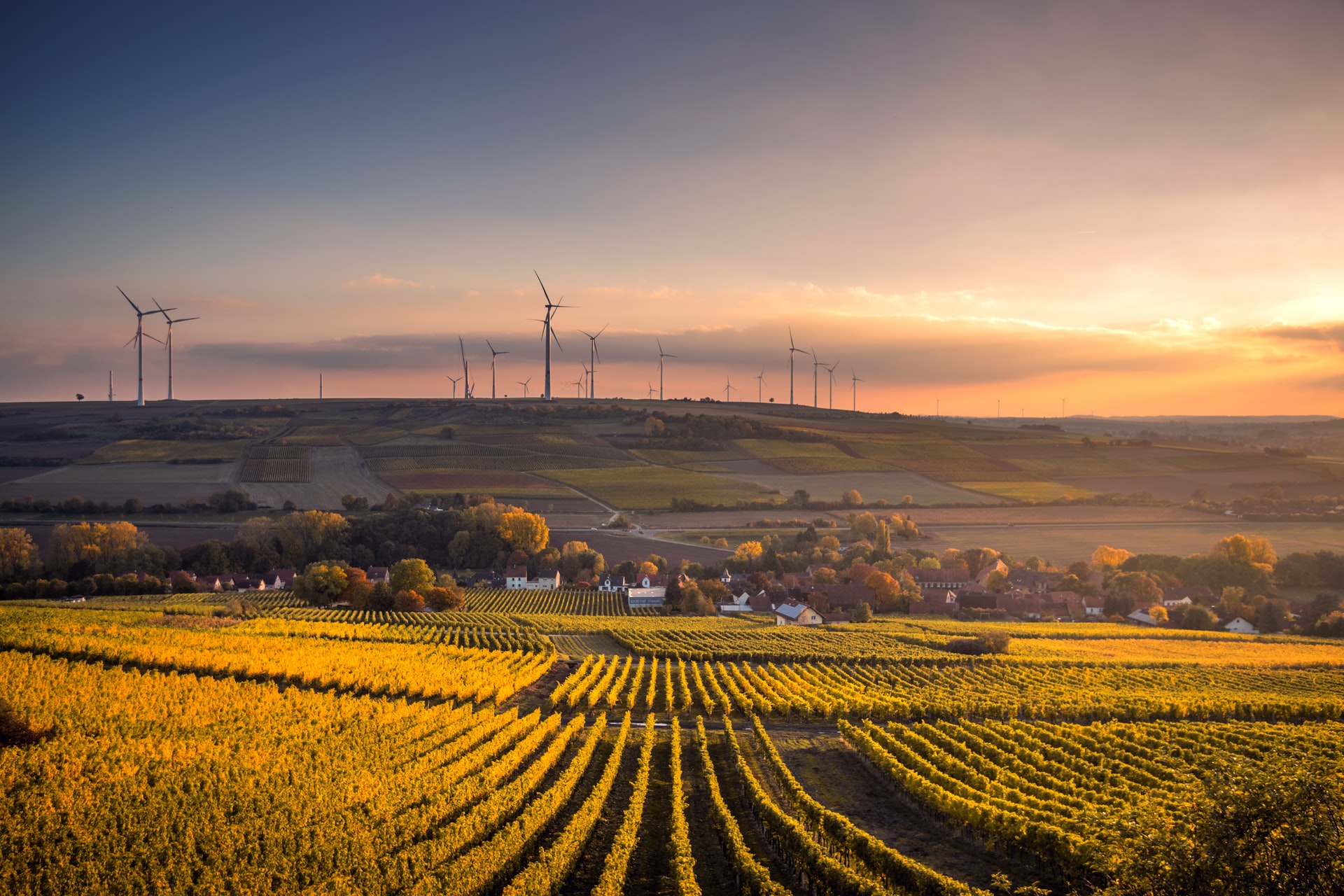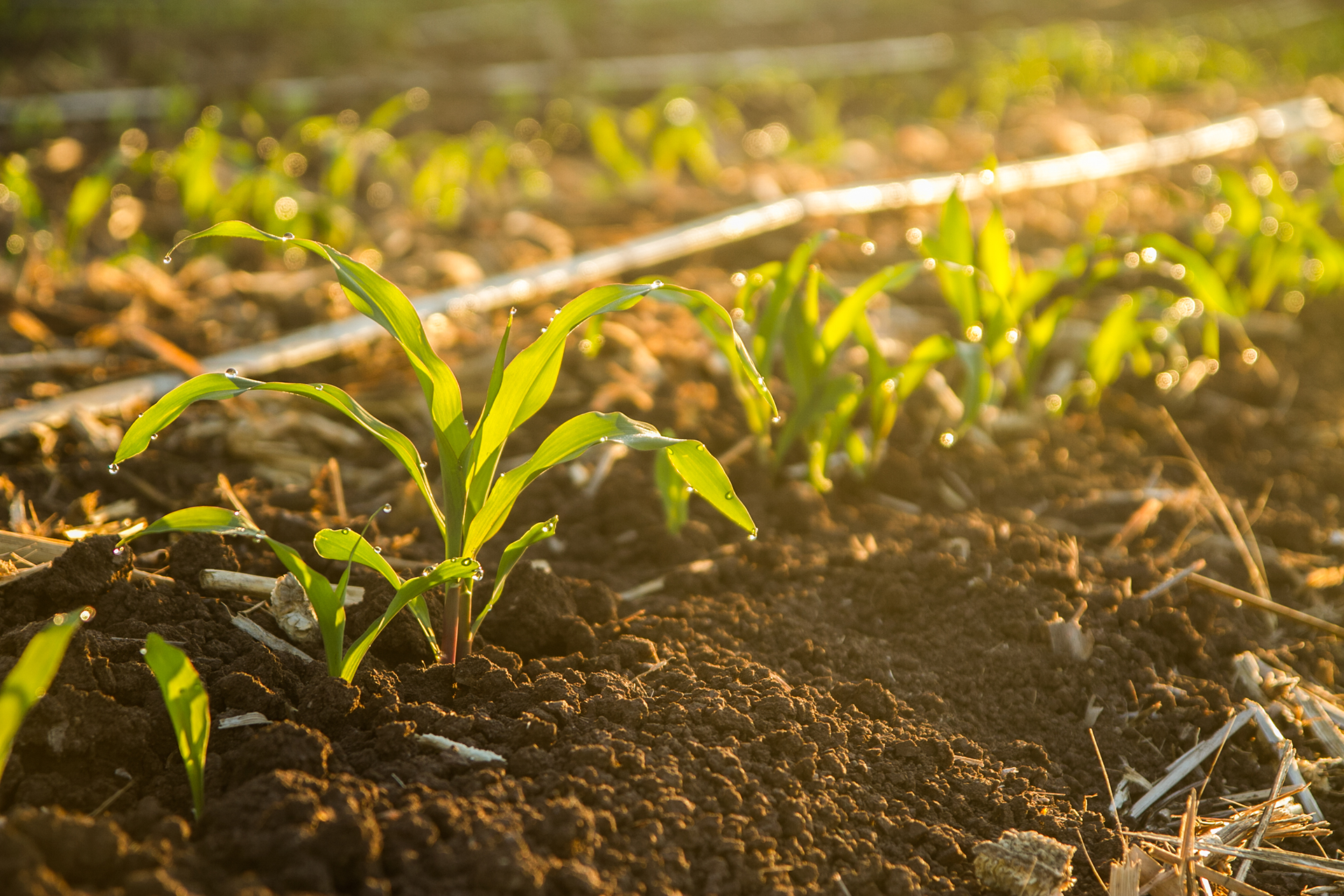Regardless of whether or not we are aware of it, farmers work tirelessly to provide food for the globe while also ensuring the preservation of the environment for future generations. Farmers engage in a wide range of actions to guarantee that they are doing their part to safeguard the environment. Conservation, preservation, and moderation are a few of these methods.
Farmers are being forced to make substantial changes to their farming methods as the environment changes. Due to climate change, farmers all over the world face a wide range of problems, such as shorter growing seasons, bad weather, and more.
These changes can be overcome by farming practises that are more environmentally friendly than ever before. Six ways that are good for the environment that farmers can use to increase their crop yields and reduce their impact on global warming will be talked about.
-
Boost energy efficiency
Farms, like any industry, may use a lot of energy. There could be a lot of energy costs for lighting, heating space or water, and other processing areas.
This results in significant running expenses and environmental effects. Farmers may reduce this by changing how and where they utilise energy.
For example, investing in a bunded oil tank may help improve insulation and heating systems in both houses and farms. Bunded oil tanks are the best way to store a lot of oil without hurting the environment.
Feel free to read about how a citrus farmer celebrates two years of solar energy, for inspiration to go solar.
-
Create a management plan
In farming, knowing your current situation is critical to improving future outcomes. Farms must have a strong management plan in place to increase productivity, address food poverty, reduce costs, and reduce climate impact.
A baseline review could show where a farm can work better and make more food at the same time.
To manage a farm more efficiently, farmers must reduce greenhouse gas emissions while increasing food production on existing land. Hence, less new agriculture and forest removal are required.
Feel free to read about Farming smarter, not harder, for more information.
-
Reduce water use
In 2020, agriculture will use 70% of all freshwater withdrawals. Freshwater is essential for every farming enterprise.
Water is becoming limited due to climate change. Farmers may implement a number of climate-smart agriculture practises to increase water conservation.
Planting trees and/or shrubs beside streams and rivers prevents erosion and crop runoff pollution. Cleaning agricultural wastewater before putting it back into rivers is another climate-smart way to use water.
Responsible water management benefits the farm and its activities, as well as the neighbouring community.
Feel free to read about Effective water harvesting techniques, for tips and tricks.
-
Soil focus
Climate-smart farming treats the earth like a crop. Fertile soil enhances food flavour and nutritional value. Healthy soil retains more moisture, keeping plant roots wet during dry seasons.
Contour planting and no-till farming decrease soil erosion by holding the soil in place during strong rains or floods, which is a worry due to climate change.
Regular use of natural compost will help nourish the soil and reduce the demand for commercial fertilisers. This all adds up to better soil and climate resilience for farmers.
Feel free to read about World Soil Day: Healthy soil, healthy food, for more information.
-
Trees as a focus
Farm trees are vital. In addition to giving shade to farm workers and plants that like the shade, they may also stop soil erosion, improve the soil on the farm, filter water, and make the water better.
Agricultural growth is responsible for 80% of deforestation. The conversion of forest to farmland releases enormous amounts of GHG. So farmers should try to reduce the need to grow. Farmers should focus on increasing yields to reduce the need to remove trees and keep greenhouse emissions buried in forests.
Feel free to read about Agroforestry: Fight climate change and feed farmers, for inspiration.
-
Agricultural Diversity
A varied agricultural system is better able to respond to climate change.
For example, integrated systems can increase the resilience of a farm by lowering temperatures and making it rain more and have more water.
Diversification of agriculture can help reduce the impact of extreme weather occurrences on crops. It also keeps the soil from washing away and makes farmers more productive, which has social benefits.
Feel free to read about Biological diversity, for examples.
With all these advantages, farmers should easily adopt climate-friendly farming practises.
References:
animalsmart.org available at: https://animalsmart.org/animals-the-environment/farmers-helping-the-environment#:~:text=Conservation%20refers%20to%20using%20less,integrating%20crop%20and%20pasture%20rotations.
greenerideal.com available at:
https://greenerideal.com/guides/how-farmers-can-reduce-their-environmental-impact/









